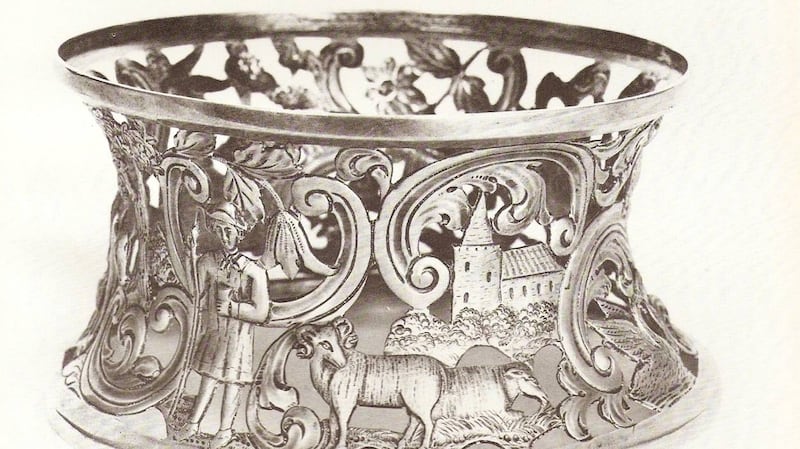An exhibition in Co Mayo serves as a reminder of the hardship suffered by local children, and the Polish man who helped them, during the Famine. The National Museum of Country Life at Turlough Park in Castlebar is currently running an exhibition about the fascinating life and achievements of Pawel Strzelecki, the Polish humanitarian who helped more than 200,000 children during the Great Hunger.
Created by Nikola Skowska-Moroney at the Polish Embassy in Dublin, the exhibition will be part of a nationwide tour at various venues throughout the country.
Count Pawel Strzelecki was a world-renowned explorer and scientist, who volunteered to work in Ireland to combat the ravages of the Famine over a three-year period from 1847-1849, as the main agent of the British Relief Association (BRA).
In order to alleviate the critical situation of famished Irish families, and especially children, Strzelecki developed an effective mode of assistance: feeding starving children directly through the schools.
He extended daily food rations to children across the most famine-stricken areas of the west, while also distributing clothing and promoting basic hygiene.
At its peak in 1848, about 200,000 children from all denominations were being fed through the efforts of the BRA, many of whom would have otherwise perished from hunger and disease.
Despite suffering from the effects of typhoid fever he contracted while in Ireland, Strzelecki dedicated himself tirelessly to hunger relief. His commitment was widely recognised and praised by his contemporaries, and the exhibition endeavours to bring his achievements and legacy back into the public eye.
[ museum.ieOpens in new window ]

New IPAV courses for fine art lovers
If you have an interest in fine arts and antiques, the Institute of Professional Auctioneers & Valuers’ (IPAV) new programme of courses for 2020/21 may just to be the ticket to keep boredom at bay, while increasing your knowledge about the decorative arts.
Commencing on October 19th – which may be pushed out by a week subject to Covid restrictions – the institute is running three courses for those interested in art and antiques.
A diploma course which will run until May aims to give the fine art student a wider vision of fine and ancillary arts, and is designed to provide an opportunity for those who wish to pursue the discipline in a structured and focused manner.
Beginning with the Renaissance and running up until the end of the 19th century, the course will cover the history of painting, domestic architecture, interior decoration, furniture, silver, sculpture and the history of costume.
Aimed at those who wish to work in art galleries, auction houses and associated fields, the course also attracts students of all ages who have an interest in the decorative arts.
Running two days a week at the IPAV offices in Lower Baggot Street, with lectures given by Ireland’s foremost art specialists, the course also includes outings to galleries, stately homes, gardens and museums and costs €2,450.
Stephen Odlum, a recent graduate of the course, has just published a book, Eva, Letitia and the Hamilton Sisters: Class, Gender and Art, which is based on the thesis he completed for the diploma course.
The institute is also running a course on Modernism (held on Wednesdays from October to December, also at Lower Baggot Street) featuring key movements and artists from that era, with a range of topics from expressionism to art deco, abstraction, futurism and surrealism. The course costs €890.
From mid-October to February, for those interested in Italian art and design, a new series of lectures, Italian Splendour, aims to cover modern design in Italy all the way back to the Renaissance, with talks to include marquetry and 15th-century Florence and culture. The course runs on Mondays at the Parish Hall at St Mary’s Church on Haddington Road and costs €795.










